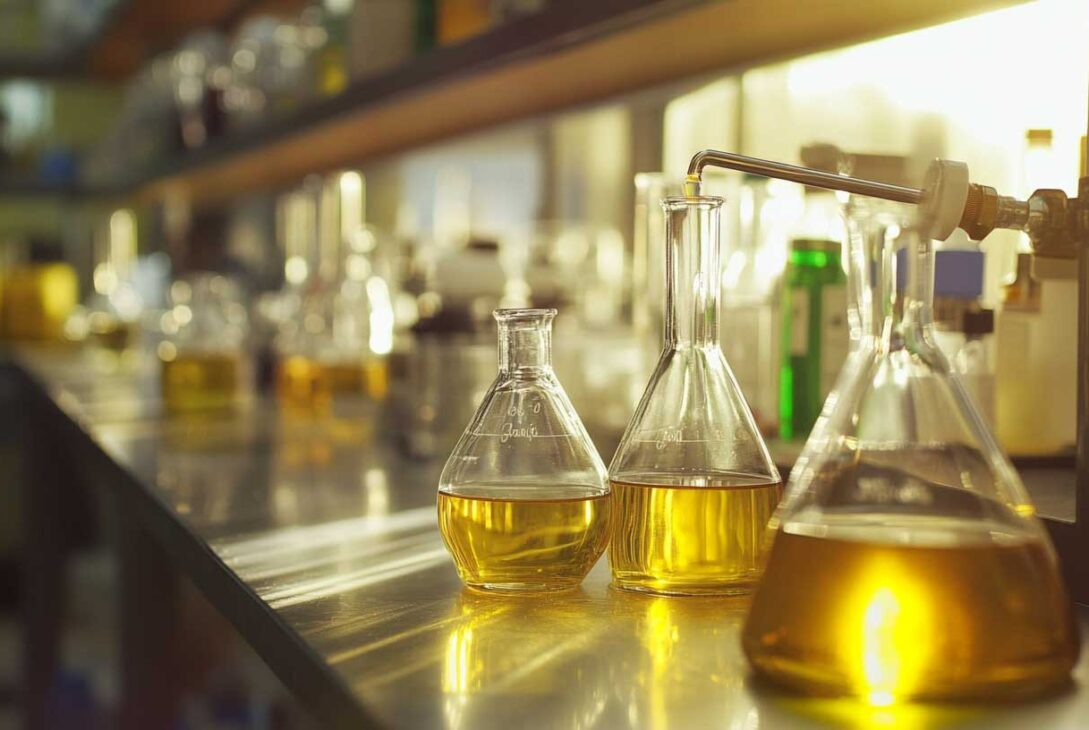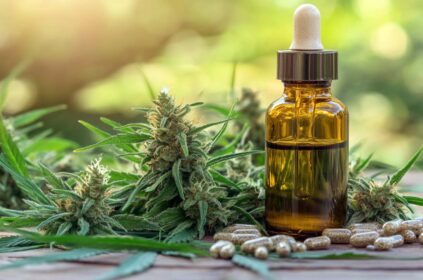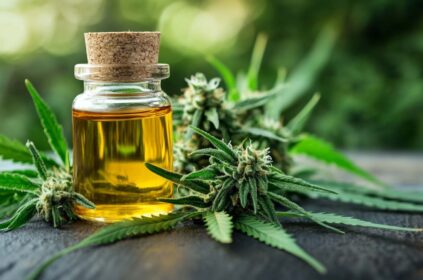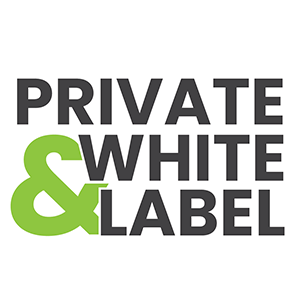Guide to Comparing Extraction Methods for Cannabinoids: CO2, Ethanol, and Beyond
Introduction
The interest in cannabinoids has surged in recent years, reflecting a growing demand for products that enhance well-being. A fundamental step in producing high-quality cannabinoid products is the extraction process. This guide explores two leading extraction methods—CO2 and ethanol—highlighting their efficiency, purity, and how they affect the final product. Understanding these variations can help both manufacturers and consumers make informed choices.
Understanding Extraction Methods
The extraction of cannabinoids and terpenes from hemp and cannabis involves several techniques, each with distinct characteristics. Let’s explore CO2 and ethanol extraction in detail.
CO2 Extraction
CO2 extraction, particularly in its supercritical form, is favored in the industry for its versatility and cleanliness.
- Process: Using carbon dioxide under high pressure and adjustable temperatures, this method isolates cannabinoids and terpenes. By tweaking these parameters, CO2 behaves like a solvent, efficiently extracting desired compounds without the risks tied to traditional solvents.
- Advantages:
- Purity and Potency: CO2 extracts boast high purity, often reaching 95%. This method excels in selectively extracting compounds, retaining a broad spectrum of cannabinoids and terpenes.
- Cleanliness: As a safe solvent, CO2 extraction results in minimal impurities. Any residual CO2 is easily purged through a combination of time, heat, and vacuum processing.
- Environmental Efficiency: The closed-loop system utilized in CO2 extraction reduces environmental impact and energy consumption, making it a sustainable choice.
- Drawbacks:
- Cost and Complexity: The equipment required for CO2 extraction involves a higher initial investment, and scaling up can be daunting.
- Post-processing Needs: While CO2 extraction is thorough, the product may need further refinement to eliminate waxy residues, potentially resulting in some terpene loss compared to hydrocarbon methods.
Ethanol Extraction
Ethanol extraction is another widely used method, particularly advantageous for mass-producing cannabis oils and infused products.
- Process: In this method, ethanol is mixed with cannabis material, either at room temperature or cooler, to dissolve cannabinoids and terpenes. Afterward, the ethanol is evaporated, leaving behind concentrated cannabis oil. Winterization and distillation may follow for further refinement.
- Advantages:
- Efficiency and Cost-effectiveness: Often quicker and less costly than CO2 extraction, ethanol extraction is effective for producing full-spectrum extracts with less energy and time investment.
- Safety and Automation: When controlled correctly, ethanol extraction is safe. Automated systems can reduce human intervention, minimizing the risk of solvent leaks and fire hazards.
- Full-spectrum Extracts: This method efficiently extracts cannabinoids and terpenes, making it an excellent choice for products that seek to preserve the full range of constituents from the plant.
- Drawbacks:
- Chlorophyll and Impurities: Ethanol can also dissolve undesirable water-soluble molecules like chlorophyll. If not adequately refined, this can lead to darker extracts with less palatable flavors.
- Residual Solvents: Similar to CO2 extraction, improperly managed ethanol extraction can leave residual solvents, necessitating rigorous testing to ensure safety.
Efficiency Comparison
In terms of efficiency, both extraction methods present clear distinctions:
- CO2 Extraction: This process is recognized for its superior purity and potency. However, the complexity of scaling up and the elevated equipment costs can be substantial.
- Ethanol Extraction: Notably efficient regarding time and resource usage, this method is ideal for mass production. Nevertheless, it often involves additional steps to eliminate impurities, such as chlorophyll and residual solvent.
Purity Comparison
The purity of extracts can heavily influence consumer choices and product efficacy:
- CO2 Extraction: Praised for achieving high purity levels, CO2 extraction typically yields extracts that exceed 95% purity, while maintaining a rich profile of cannabinoids and terpenes with minimal impurities.
- Ethanol Extraction: While capable of producing high-quality extracts, ethanol’s potential for containing residual solvents or chlorophyll means thorough post-processing is essential for refining the final product. When executed correctly, however, it can result in concentrated, potent extracts.
Market Impact and Consumer Relevance
The extraction method selected can significantly impact the market and consumer perceptions:
- Consumer Preference: Buyers frequently prioritize products with high purity and potency. As a result, CO2 extraction—known for producing clean extracts—tends to be favored. Conversely, ethanol-derived full-spectrum extracts appeal to those interested in the entourage effect, where various cannabinoids synergize to enhance therapeutic effects.
- Regulatory Compliance: Both extraction processes must adhere to strict regulatory standards regarding purity and residual solvents. Reliable testing and certification help maintain consumer safety and trust in products.
Conclusion
Deciding which extraction method to adopt hinges on several factors, including the intended purity, efficiency, and overall cost perspective. CO2 extraction stands out for its purity and potency but comes with complexities in equipment and scaling. In contrast, ethanol extraction offers an economical path toward producing full-spectrum extracts, though it requires meticulous post-processing to ensure extract quality.
Actionable Tips
- For Manufacturers: Assess the primary needs of your product line. For those prioritizing purity and potency, CO2 extraction may be the optimal route. Alternatively, ethanol extraction could serve mass production goals and the creation of diverse full-spectrum extracts.
- For Consumers: Always look for products that have undergone rigorous testing for purity and solvent residues. Familiarize yourself with the extraction methods to understand how they might affect product quality and efficacy.
By gaining insight into the intricacies of these extraction methods, manufacturers and consumers can navigate the cannabis market more effectively, aligning product choices with their preferences and requirements. This understanding ensures a commitment to the highest quality cannabinoid products.





















